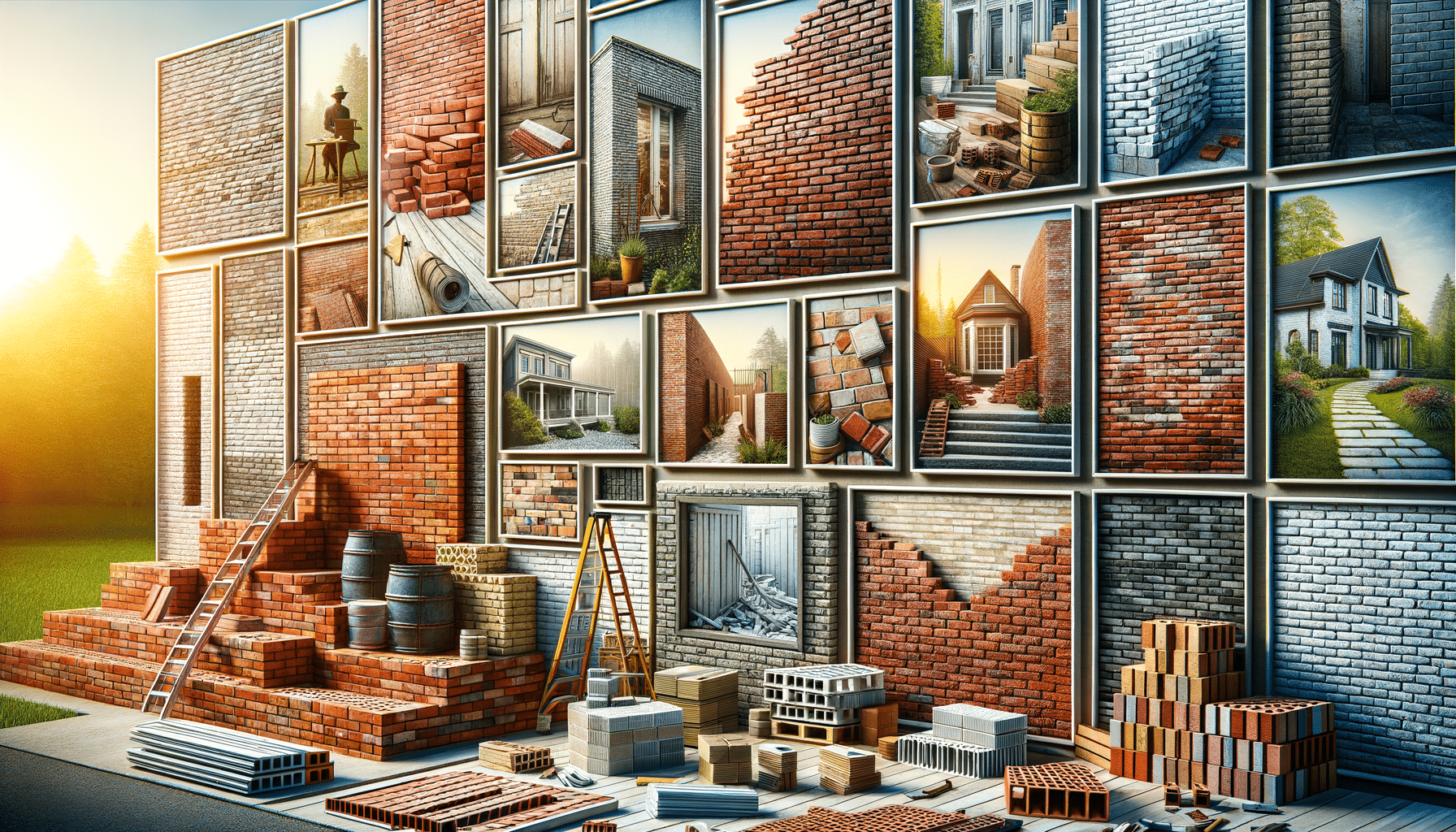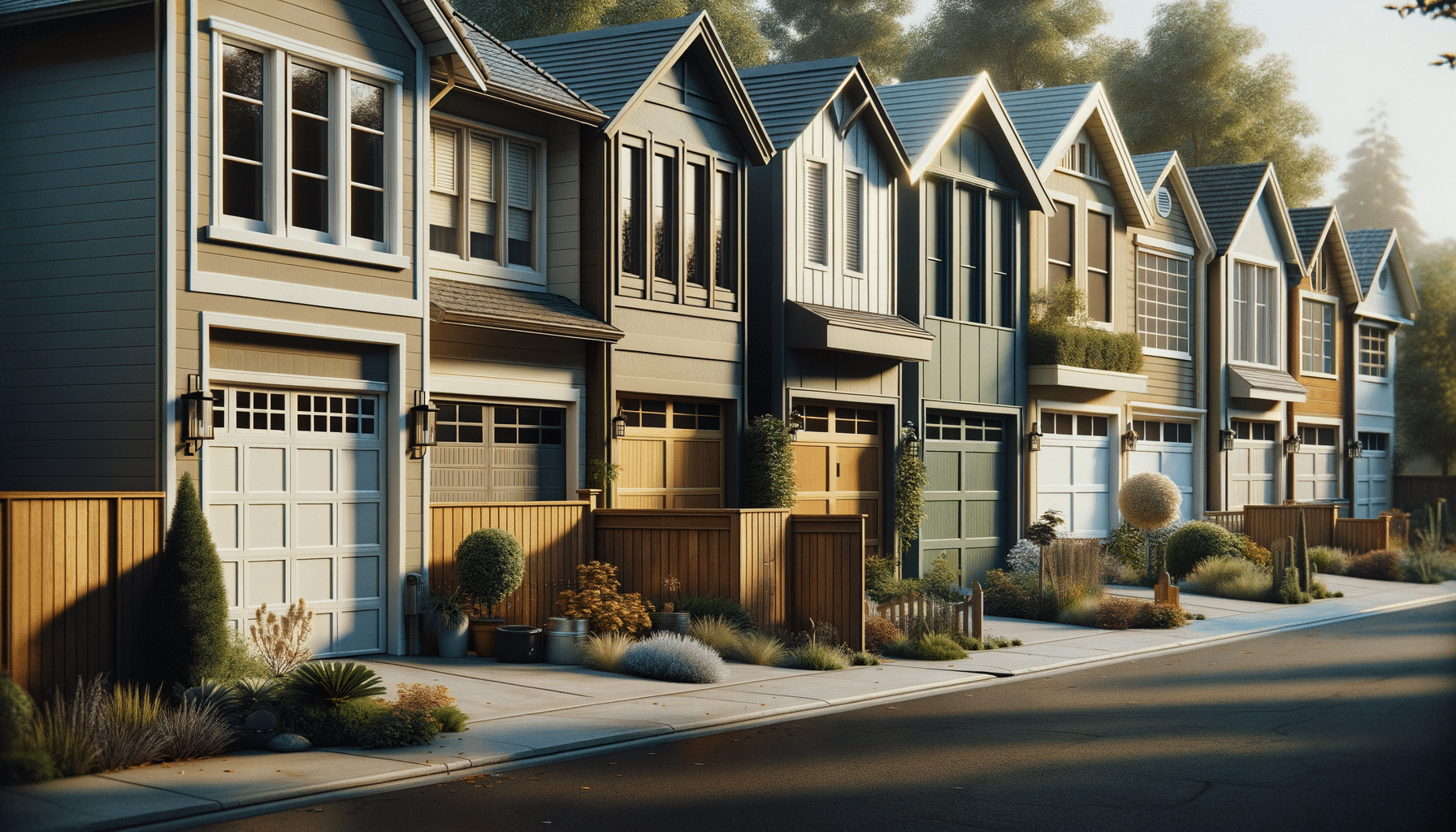
Brick Walls: Cost, Styles & What to Know Before You Build
Introduction to Brick Walls
Brick walls have long been admired for their durability and classic aesthetic appeal. From garden borders to property enclosures, they provide not only structural integrity but also a timeless style that complements various architectural designs. Understanding the types of brick walls, their costs, and the process of building them can help you make informed decisions whether you’re planning to construct one yourself or hire a professional.
Types of Brick Walls
Brick walls come in various styles, each serving different purposes and offering unique aesthetic qualities. Here are some common types:
- Solid Brick Walls: These are traditional walls made entirely of bricks, providing excellent strength and insulation. They are often used for exterior walls.
- Brick Veneer Walls: Consisting of a single layer of bricks attached to a structural frame, these walls offer the appearance of a solid brick wall while being lighter and more cost-effective.
- Retaining Walls: Built to hold back soil and create level areas in a landscape, these walls are both functional and decorative.
- Load-Bearing Walls: These walls support the weight of the structure above them, making them crucial in multi-story buildings.
Choosing the right type of brick wall depends on your specific needs, whether it’s for aesthetic purposes, structural support, or landscaping.
Brick Retaining Wall Cost
The cost of building a brick retaining wall can vary significantly based on several factors, including the wall’s size, complexity, and location. On average, you can expect to pay between $20 to $50 per square foot. However, several elements influence the overall expense:
- Material Costs: The type of brick and additional materials like mortar and reinforcement will impact the price.
- Labor Costs: Hiring professionals can increase costs, but ensures quality and safety.
- Site Preparation: Excavation and grading might be necessary, adding to the overall expense.
- Design Complexity: Intricate designs or curves can raise costs due to increased labor and material needs.
It’s essential to obtain multiple quotes from contractors and consider the long-term benefits of a well-constructed retaining wall when budgeting for your project.
DIY Brick Wall Construction
Building a brick wall yourself can be a rewarding project, providing you with a sense of accomplishment and potential cost savings. However, it requires careful planning and execution. Here are some steps to guide you:
- Planning and Design: Determine the purpose and design of your wall. Consider factors like height, length, and style.
- Gathering Materials: Purchase quality bricks, mortar, and necessary tools such as a trowel, spirit level, and brick saw.
- Foundation Preparation: A strong foundation is crucial. Excavate the area and lay a concrete footing to ensure stability.
- Laying Bricks: Start at one end, applying mortar and placing bricks with consistent spacing. Use a level to maintain even rows.
- Finishing Touches: Once the wall is built, clean excess mortar and allow it to cure properly.
While DIY construction can be cost-effective, it requires time, patience, and a willingness to learn. For complex projects, consulting or hiring a professional might be advisable.
Conclusion: Making the Right Choice for Your Brick Wall
Brick walls offer a blend of durability, functionality, and aesthetic appeal, making them a popular choice for various applications. Whether you’re considering a retaining wall for your garden or a solid wall for your property, understanding the types, costs, and construction process is crucial. By weighing the pros and cons of DIY versus professional installation, you can make an informed decision that aligns with your budget and design vision. Ultimately, a well-constructed brick wall can enhance your property’s value and curb appeal for years to come.


